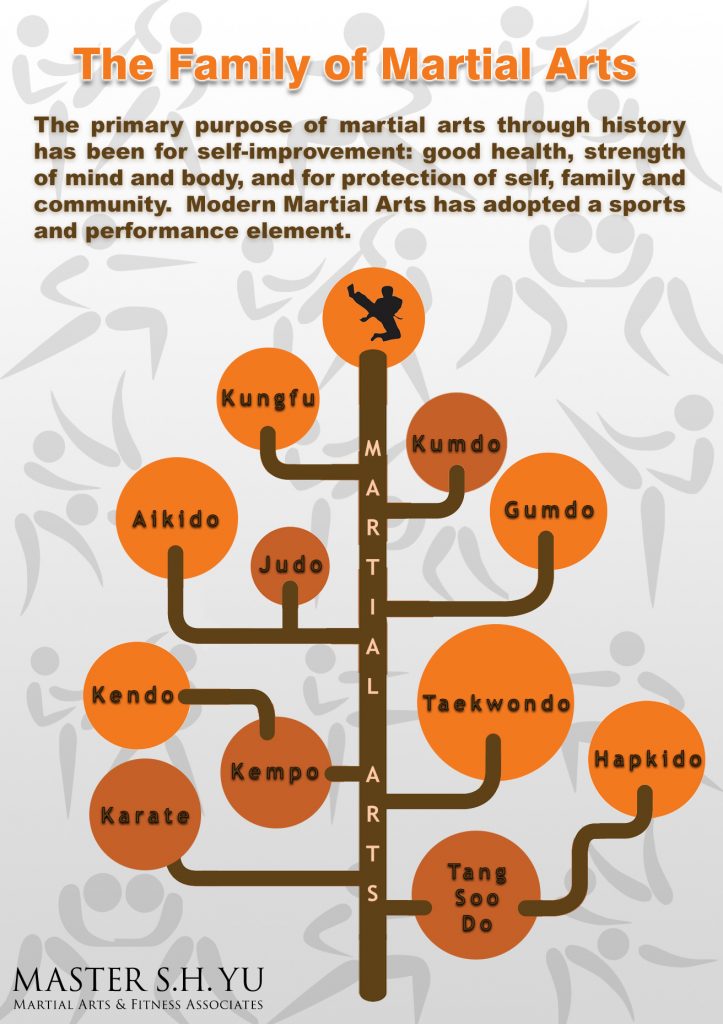Untangling The Secret Of Multiple Fighting Style Self-Controls: A Guide To Martial Arts, Taekwondo, And Much More
Untangling The Secret Of Multiple Fighting Style Self-Controls: A Guide To Martial Arts, Taekwondo, And Much More
Blog Article
Web Content Writer-Magnussen Haastrup
Are you tired of feeling overwhelmed by the vast globe of martial arts? With so many styles to choose from, it can be very easy to obtain lost in a sea of punches, kicks, and strange names. However fear not!
This discussion will debunk the different fighting styles designs, taking you on a journey from the powerful strikes of Karate to the vibrant kicks of Taekwondo. Prepare to uncover the origins, strategies, and approaches behind these ancient art kinds.
So, tighten your belt and prepare to start an enlightening expedition right into the exciting world of martial arts.
Origins of Martial Arts Styles
The beginnings of fighting styles styles can be traced back to ancient civilizations and their need for protection and combat strategies. Throughout background, various cultures created their very own unique techniques of fighting, each with its very own collection of methods and ideologies.
In China, for example, martial arts styles such as Kung Fu and Tai Chi were developed as a way of protection and improving physical and mental health.
In Japan, the samurai warriors developed designs like Karate and Judo, focusing on discipline, precision, and mastery of the body.
Likewise, in Korea, Taekwondo became a fighting style emphasizing high kicks, quick activities, and psychological perseverance.
These early civilizations laid the foundation for the diverse range of martial arts designs that exist today, each with its own rich history and cultural relevance.
Techniques and Educating Approaches
To grasp fighting styles designs, experts must learn numerous methods and training approaches.
Methods are the particular activities and activities utilized in combat, such as punches, kicks, tosses, and obstructs. Different martial arts styles have their own special set of methods that specialists must grasp via extensive training.
Training approaches vary relying on the design, however they typically include a combination of physical fitness, drills, competing, and kinds.
Physical conditioning is essential to build stamina, flexibility, and endurance. Drills assist experts refine their techniques and improve their rate and accuracy.
Competing enables practitioners to exercise their strategies in a managed, sensible setting. Kinds, also known as kata, are deliberate series of movements that help specialists develop muscle mass memory and emphasis.
Approaches and Concepts
Discovering the ideologies and concepts of martial arts styles can provide you with a deeper understanding of your selected self-control. Each martial art has its own one-of-a-kind viewpoint and collection of directing concepts that shape the way it's practiced.
As an example, Karate stresses discipline, respect, and self-constraint. It teaches specialists to focus their body and minds, enabling them to safeguard themselves while preserving a feeling of inner peace.
On the other hand, Taekwondo places a solid emphasis on rate, agility, and adaptability. Its principles are rooted in the tenets of politeness, honesty, determination, self-constraint, and indomitable spirit.
Verdict
Now that you've explored the origins, strategies, and philosophies of various martial arts designs, you have a deeper understanding of these ancient self-controls.
Visualize please click the next post , practicing with undeviating decision and emphasis, appearing boards with a powerful strike.
white dragon martial arts and strength required to understand a fighting style, advising us that with technique and perseverance, anything is possible.
